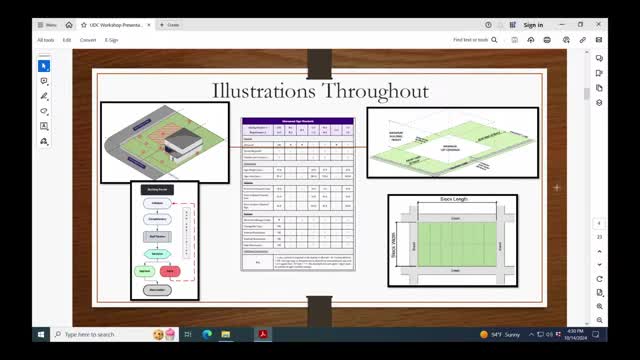City plans major zoning overhaul to boost housing density
October 14, 2024 | McAllen, Hidalgo County, Texas
This article was created by AI summarizing key points discussed. AI makes mistakes, so for full details and context, please refer to the video of the full meeting. Please report any errors so we can fix them. Report an error »

In a recent government meeting, officials outlined significant changes to the city's zoning regulations aimed at promoting denser development and easing restrictions for property owners. The proposed updates include the introduction of new zoning districts, adjustments to building setbacks, and a reduction in parking requirements, all designed to enhance land use efficiency and accommodate a growing population.
Key changes include the consolidation of existing residential zoning districts into fewer categories, with a focus on density rather than specific use. The new regulations will allow for more diverse housing types, including detached duplexes, which previously required a more restrictive zoning classification. Additionally, the front yard setback will decrease from 25 feet to 20 feet, while side yard setbacks will be reduced from 6 feet to 5 feet. Building heights are also set to increase, with maximum heights rising to 35 feet in lower-density residential areas and up to 45 feet in higher-density zones.
The meeting also highlighted the introduction of four new zoning districts, including two mixed-use areas and a \"City Core\" district aimed at revitalizing areas near major thoroughfares. These mixed-use zones will facilitate commercial use on the ground floor with residential units above, streamlining the development process by eliminating the need for extensive planning approvals.
Parking requirements are set to be significantly reduced, with some businesses seeing a decrease of up to 50% in the number of required parking spaces. This change is intended to give property owners greater flexibility in how they utilize their land, aligning with the city's vision of creating a more walkable and bike-friendly environment. Bicycle parking requirements are also being introduced, particularly in the downtown area.
In response to concerns about light pollution, new lighting regulations will be implemented to minimize glare and promote the \"dark skies initiative,\" which aims to reduce light pollution in non-residential zones.
Finally, the proposed updates will simplify the redevelopment process for older properties, allowing them to adhere to the standards of surrounding buildings rather than current, more stringent requirements. This change is expected to facilitate quicker and more logical redevelopment in established neighborhoods.
City officials plan to begin public education efforts and community meetings about the rezoning process three months after the adoption of the Unified Development Code (UDC), ensuring residents are informed about how these changes may impact them.
Key changes include the consolidation of existing residential zoning districts into fewer categories, with a focus on density rather than specific use. The new regulations will allow for more diverse housing types, including detached duplexes, which previously required a more restrictive zoning classification. Additionally, the front yard setback will decrease from 25 feet to 20 feet, while side yard setbacks will be reduced from 6 feet to 5 feet. Building heights are also set to increase, with maximum heights rising to 35 feet in lower-density residential areas and up to 45 feet in higher-density zones.
The meeting also highlighted the introduction of four new zoning districts, including two mixed-use areas and a \"City Core\" district aimed at revitalizing areas near major thoroughfares. These mixed-use zones will facilitate commercial use on the ground floor with residential units above, streamlining the development process by eliminating the need for extensive planning approvals.
Parking requirements are set to be significantly reduced, with some businesses seeing a decrease of up to 50% in the number of required parking spaces. This change is intended to give property owners greater flexibility in how they utilize their land, aligning with the city's vision of creating a more walkable and bike-friendly environment. Bicycle parking requirements are also being introduced, particularly in the downtown area.
In response to concerns about light pollution, new lighting regulations will be implemented to minimize glare and promote the \"dark skies initiative,\" which aims to reduce light pollution in non-residential zones.
Finally, the proposed updates will simplify the redevelopment process for older properties, allowing them to adhere to the standards of surrounding buildings rather than current, more stringent requirements. This change is expected to facilitate quicker and more logical redevelopment in established neighborhoods.
City officials plan to begin public education efforts and community meetings about the rezoning process three months after the adoption of the Unified Development Code (UDC), ensuring residents are informed about how these changes may impact them.
View full meeting
This article is based on a recent meeting—watch the full video and explore the complete transcript for deeper insights into the discussion.
View full meeting
